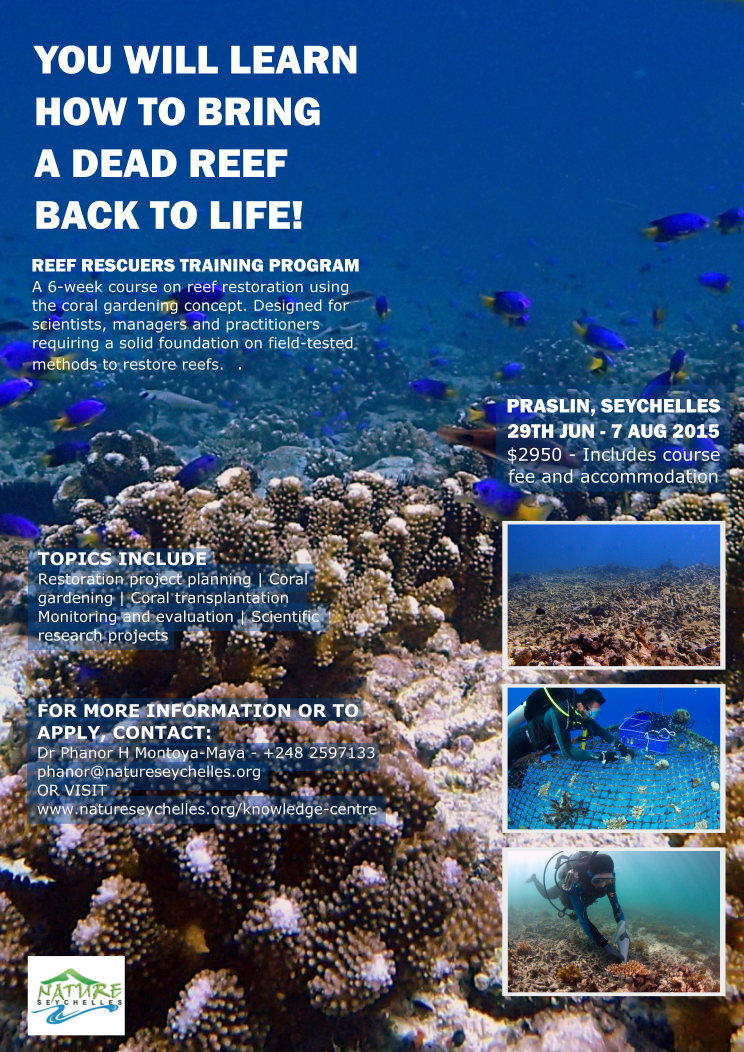Co-design of the app suite and co-production of knowledge
The pillar of the Abalobi initiative is the co-design of the platform and all its modules, with the core stakeholders; i.e. the fishers and the fisheries authority. Fishers record daily info, some of this info is validated by the monitors as they take a daily sample. Fishers, monitors and local community leaders then engage with the platform dashboards depicting various insights of the data. The fisheries managers from the fisheries authority also then engage with the same information and regular workshops are held. During these workshops, common ground is sought, trends are discussed, and suggestions are made towards further improvements. The basic framework for co-management is slowly and carefully negotiated and designed. Using the common knowledge base, all stakeholders at the co-management table are able to talk about the same fisheries indicators.
• Careful facilitation
• Openness to different views and images of the fishery
• Stakeholder support for the initiative
• A flexible platform that allows quick and easy refinement
• An enabling policy that allows for this type of engagements
The recognition of local knowledge is paramount, and something all stakeholders must acknowledge. Fishers hold a wide knowledge base surrounding the marine ecosystem, and its uses. While oral histories or workshops can be used to enable sharing of this information, we have found that using a co-designed framework process is extremely powerful in finding connections and complementarity between local knowledge and other scientific data.
